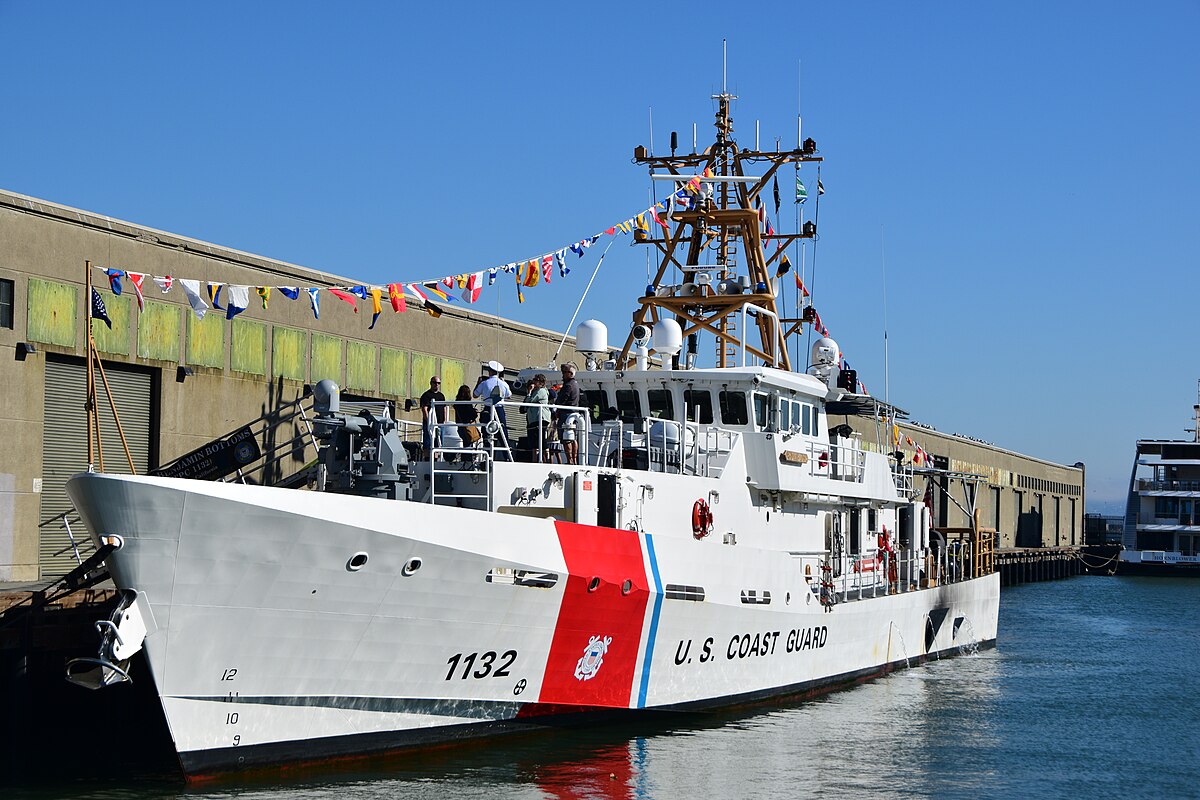See my reply in yellow:
No it's not. My wife is the equivalent of the head TDO of the Canadian Space Agency and oversees the training of astronauts and console operators. This is still the way they do proper technical training for adults. Moreover, only 2 years ago, at the UNTD reunion in Esquimalt, she and I had a long chat with the CO of Venture and he confirmed to us that they still had trainees that would ace theory and do well in simulators but then get lost two cables from the jetty on the Orca's. Consolidation training is still essential and you don't want it done on a complex platform.
You can always afford proper training and the training equipment to support it. Besides, this contradicts your own point below, where you propose to buy more of these vessels than are needed for Venture training. Who is profligate now? Moreover, what started this whole discussion was a serious article explaining that our method of training, with training only ships, was perhaps a model the US might want to copy.
Any vessel can be used in exercises or other duties regardless of type. I have driven YAG's in support of exes in Esquimalt (usually in winter), to do SAR support for the Herring Roe season, in support of RCMP near Vancouver, to do PR trips with youth groups and to assist the divers when deployed with needs in excess of their YDT. It does not require any pre-planning and build-in of extra capability.
If the capability is there and the task has to be carried out, they will take them. They stole the MCDV's from being basic training vessels from the Naval Reserve with ops taskings almost from the start.
No one knows the future, so can't future proof something. Can you build it with capacity for expansion? Yes, not future proof.
What's a "real" sea state? A state that a small training vessel can just barely survive in? Anyway, it is not a requirement to be able to operate on both coast. The training takes place on the West coast, and endurance of a week or two of fuel and food is sufficient for such employment.
All of this adds time and costs to developing the specs, drawings and construction. You could turn a $10-15M boat into a a $20-30M vessel quite quickly. And people don't want to see the AOPS doing anything combat related, why would you send a small training vessel on Sovpat or Presmis?
So now you are talking about building MORE than what is needed for training to do your operations above. Then design and build a vessel to spec for that and leave the training ships alone. You would then have to justify having those extra ships for whatever tasks to the Tb, but that is fine. If the RCN wants such ships, they can then push for them, but don't marry this to the training ships replacements, so that we end up with nothing.
P.S.: I gather those types of mission is why CDC has been undertaken.
Incorrect. None of the ships you mention above are training vessels of those navies. The Tamar class are OPV's used for fisheries protection and North Sea security of the oil and gas industry. The basic navigation training at Britannia is done on the 15 meters Sea Class workboats. Garonne is a BM2 vessel: a multi-role support vessel, primarily developed for protection of oversea territories - no training onboard. The French trin their officers in basic navigation on the small Glycone class vessels - pure training boats of about 250 tons. Arafura's are OPV replacing three classes of patrol vessels, customs and excise vessels and mine warfare vessel. nothing to do with training. The officers basic navy training is done on the MV Mercator, interestingly enough, also a derivative of the Pacific Boats that are the underlying type of the Orca's
Don't know what hard learned lesson you are talking about. in its history, the RCN and Canada in general have never designed anything naval with "potential" utility in mind. We have always built for whatever task a specific type of ship was acquired for at the time of acquisition. As it should be. Not having enough ships or crew when something happens and it bites us is different than building ships from the start to be able to be something else than what they are "just in case".



